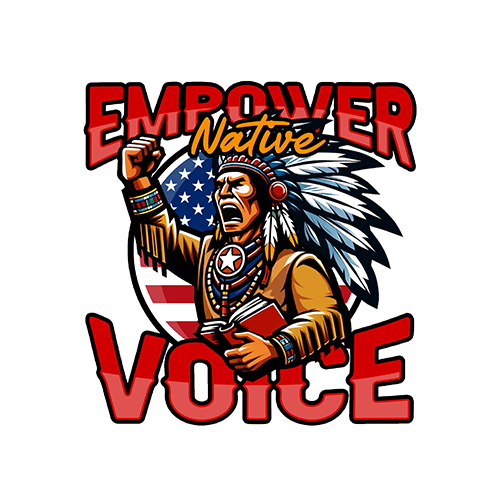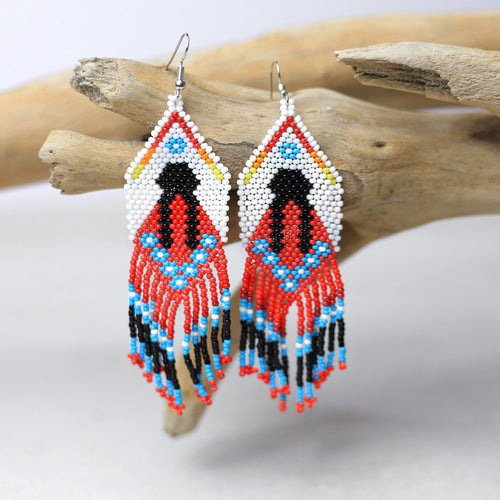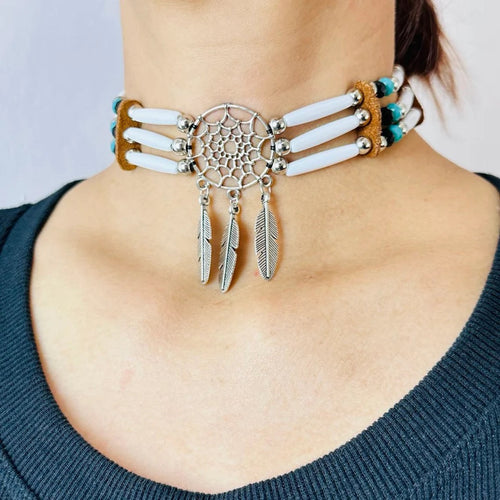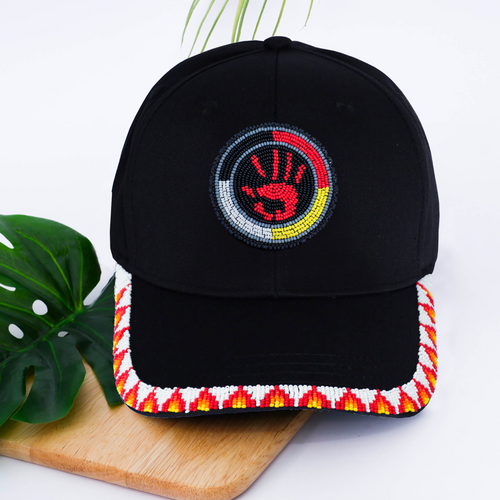Discover the personal stories behind Missing and Murdered Indigenous Women (MMIW). Understand how violence, systemic neglect, and lack of data deeply affect families and communities - and learn how you can take action.
1. The Family Ripple Effect
When an Indigenous woman goes missing, it's her entire family that falls into uncertainty. They endure ongoing emotional, mental, and spiritual trauma as they wait for answers - often without media coverage or institutional support.
In Canada and the U.S., parents, siblings, and children navigate a maze of limited data, uncoordinated reporting, and jurisdictional gaps - all while the search for their loved one drags on.
2. Voices of Resilience
Shannon Holsey, president of the Stockbridge - Munsee Community, emphasizes the importance of acknowledging the crisis:
“Addressing the MMIW crisis requires acknowledging that the crisis exists, understanding the deep and intricate roots underlying the crisis, providing justice to the missing and murdered and to protecting Native women and girls.”
Her advocacy led to the formation of Wisconsin's Task Force. Although legislative efforts initially stalled, community-driven action prevailed.
3. Community Search & Support
In places like Manitoba and North Dakota, grassroots organizations step in where systems fail:
- Drag the Red: Volunteers searching riverbeds in hopes of recovery, honoring those lost
- Sahnish Scouts: Founded in 2013 by Lissa Yellowbird-Chase, this group uses sonar, dogs, and social media to locate missing Indigenous people
These initiatives offer more than search - they provide safe spaces for families, fill data gaps, and bolster community healing.
4. Healing Through Storytelling
The Sisters in Spirit initiative by the Native Women’s Association of Canada documented over 582 cases between 2005-2010. It also became a platform for memories, poetry, and quilts - expressing grief and resilience through art and shared storytelling
Annual events like the Women’s Memorial March (held every February 14) publicly read names of missing women - symbolizing collective remembrance and cultural resistance
5. The Data Crisis
Despite the ongoing tragedy, accurate data remains scarce:
- Indigenous women are murdered at rates 10 times higher than other groups
- Up to 84% have experienced violence, yet cases often go untracked or unresolved
Legislation like Savanna’s Act began addressing reporting gaps in 2020 — but much work remains.
Why It Matters - And How You Can Help
Every missing name is a reminder of a family yearning for closure and justice. Their pain ripples through generations and demands action.
How you can help:
-
Ask law enforcement and media to improve reporting and visibility
-
Support grassroots search teams like Drag the Red and Sahnish Scouts
-
Attend or share virtual events like Women’s Memorial March
-
Buy from campaigns like #ShareYourVoice - proceeds back families and awareness efforts
Conclusion
The loss of one Indigenous woman is the loss of a role model, caregiver, storyteller - for her family and entire community. By sharing real stories, supporting data reform, and amplifying grassroots efforts, we can stand alongside families in their call for justice and healing.
Let’s remember their names. Let’s share their stories. Let’s be the change.







